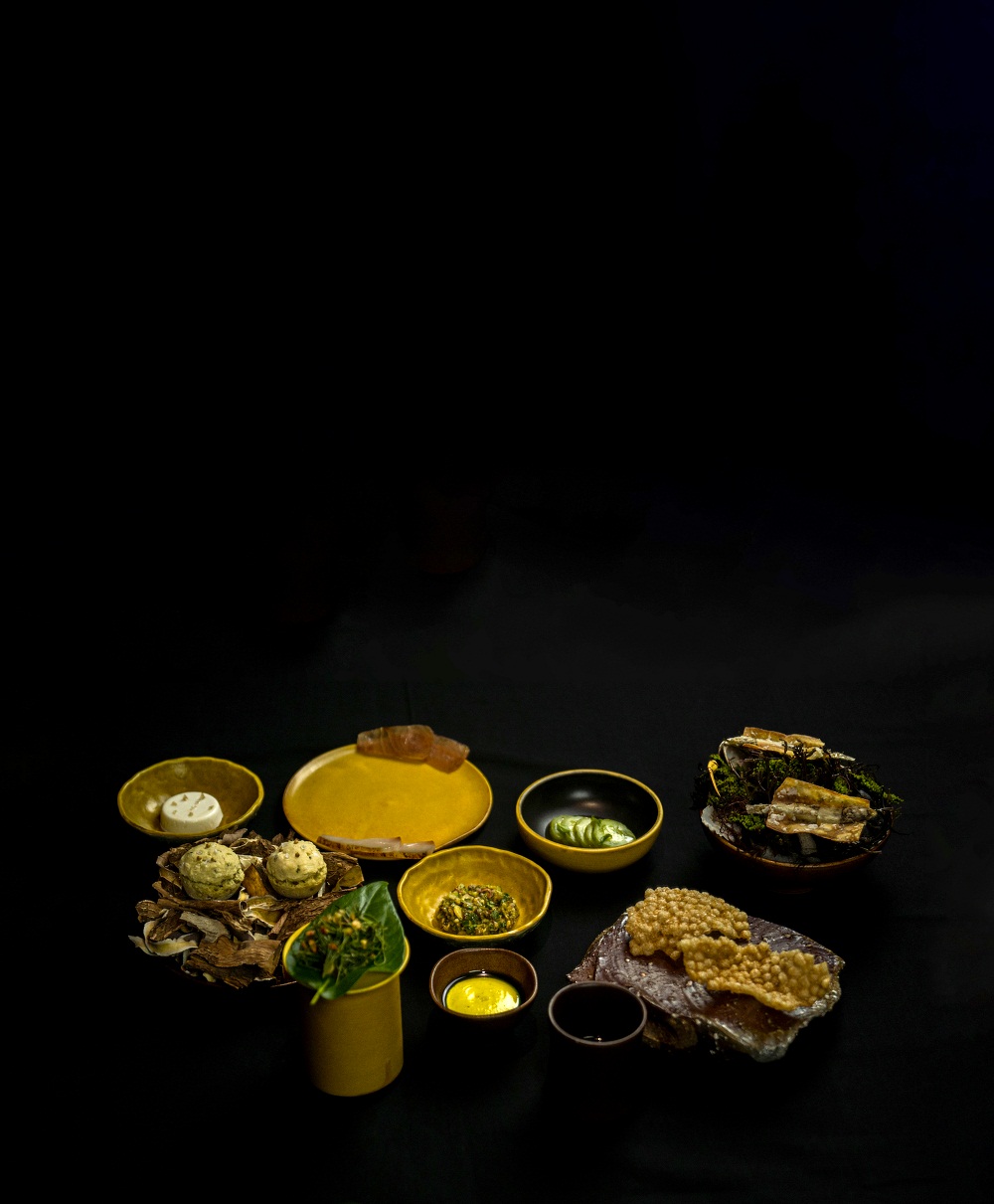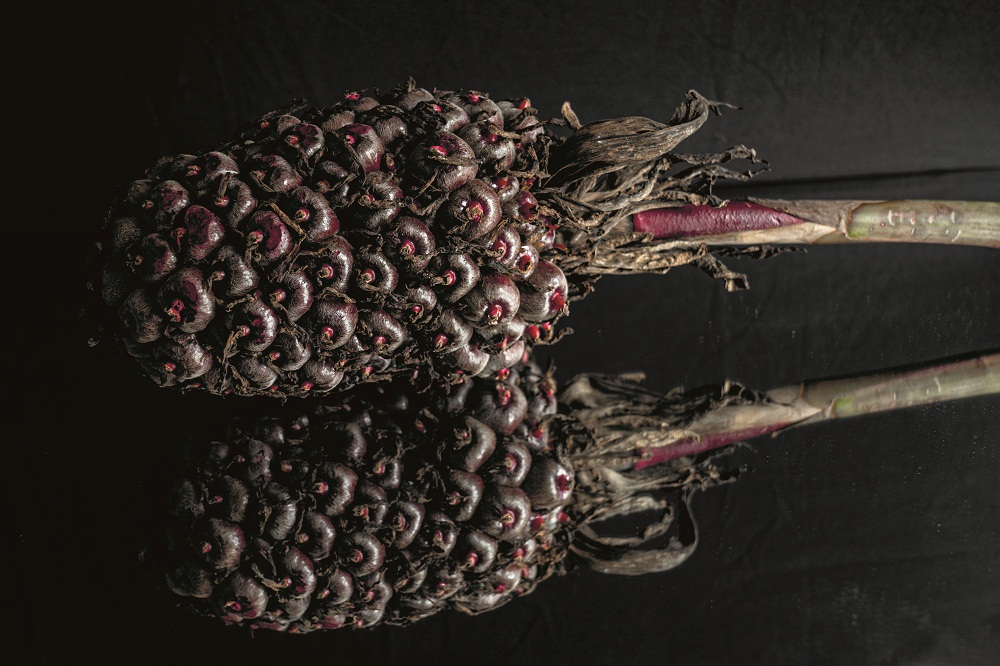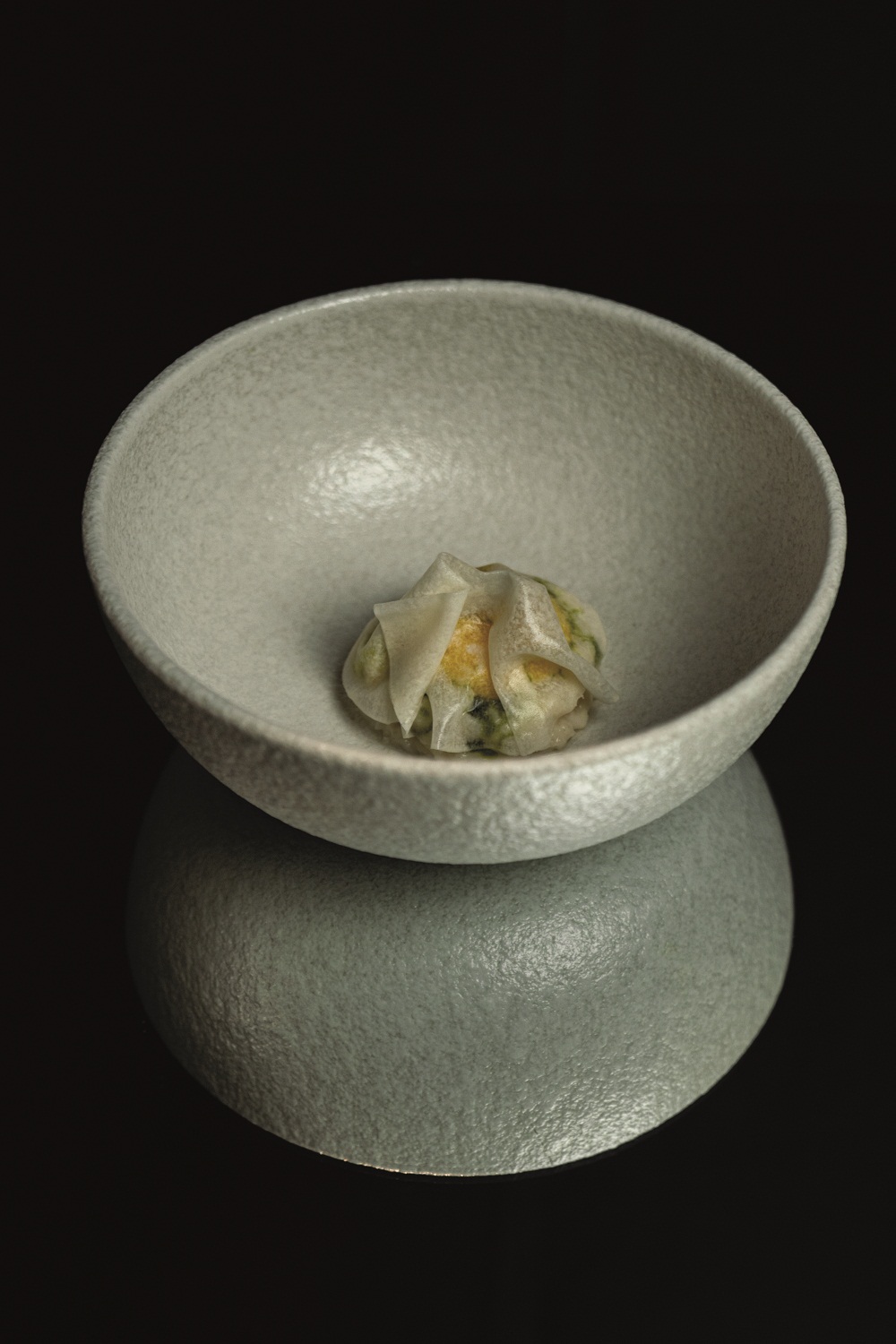“Nothing is unknown if you wish to explore it” is the ethos of Locavore’s current season tasting menu. Here’s what chefs Eelke Plasmeijer and Ray Adriansyah can share about working with Indonesia’s lesser-known ingredients.

Indonesia’s only entry in Asia’s 50 Best Restaurants list five years in a row is at it again. Renowned for exclusively working with local ingredients and sustainable practices, the progressive restaurant Locavore in Ubud has announced its new tasting menu: The Unknown: An Edible Mystery Explored. The 19-course menu is an exploration of the lesser-known parts of an ingredient – spices and spice-related plants and trees - as well as parts that end up in the bin.
The new tasting menu is separated into four “explorations”. In “Exploration One”, the chefs push the envelope by making charcuterie out of local seafood. Cold smoking, dry ageing and curing were applied to cobia and bonito fish. Their bones also don’t go to waste – they are turned into smoked fish-bone butter. Made with LocaLab (food laboratory and testing kitchen of Locavore) fermented fish sauce, smoked salt, smoked fishbone oil, organic coconut oil, soymilk and soy lecithin, the butter is served alongside cassava and coriander seed buns.

Indonesia’s rich biodiversity and culinary heritage are gloriously dissected and tastefully transformed with ingredients such as pandan leaf, kulim, kluwak, nutmeg fruit, asam cekala, and torch ginger leaf. “Being in Indonesia has given us plenty of ingredients to work with. For this menu, we played around with nutmeg fruit by turning it into gelato and serving it alongside black banana ganache tart. Pandan, typically used for sweets, has been reworked and used in savoury roasted vegetable broth. It is poured over wood ear mushrooms and charred cabbage with black rice vinaigrette and andaliman oil,” says chef Eelke Plasmeijer.
Andaliman pepper (Zanthoxylum acanthopodium) gives a citrusy, mild numbing sensation akin to Sichuan peppercorn. Grown only in North Sumatra at 1,200 to 1,400 metres above sea level, Andaliman pepper is most commonly used in Batak cuisine.

Kulim (Scorodocarpus borneensis) is often referred to as jungle garlic. It is the fruit of the Kulim tree that is typically grown in the Malay Peninsula. In Indonesia, kulim can be found in Sumatra and Kalimantan. With hints of truffle and garlic, it takes centre stage in a dish of heritage kulim rice, green kulim oil, served with egg yolk, pickled jicama, smoked and blackened jicama.
One of the two desserts – black rice brem dragon fruit sorbet with white rice brem ice cream, asam cekala reduction and dragon fruit leather – gets its sourness from asam cekala. As the fruit of torch ginger tree, it is often used to add a sour taste into a dish and to get rid of the strong fishy taste in Batak cooking like arsik goldfish.
“Procuring these ingredients from all over Indonesia is still a challenge. I think it will be great if there are more restaurants who are willing to commit and go deeper with using local ingredients because that will lead to greater availability,” adds Plasmeijer.